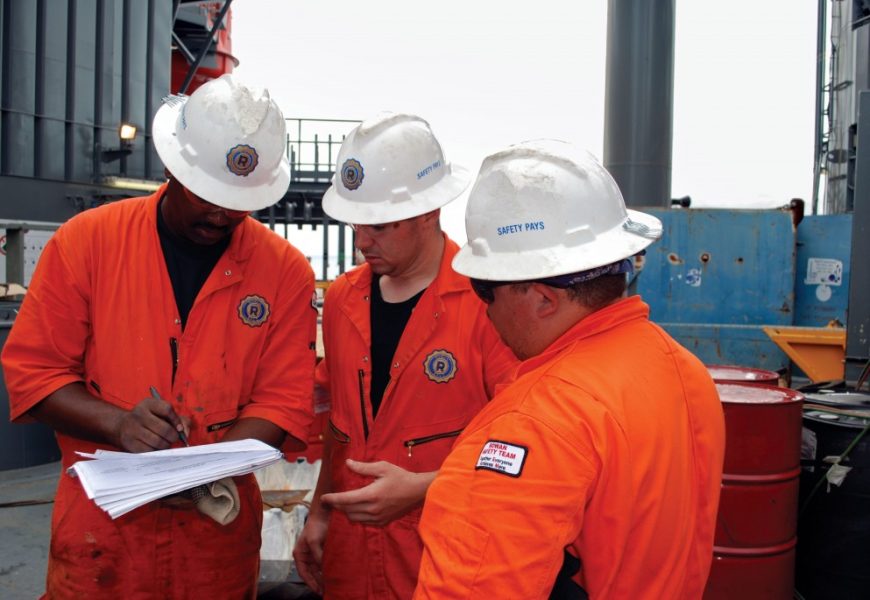Falls are among the leading causes of workplace injuries and fatalities, especially in high-risk industries such as construction, manufacturing, and oil and gas. Implementing preventive measures is essential to reduce such incidents and ensure employee safety. The OSHA 30 Hour Course plays a pivotal role in equipping workers and supervisors with the knowledge and skills to recognize hazards and minimize risks. This comprehensive training focuses on creating a culture of safety and compliance with Occupational Safety and Health Administration (OSHA) standards.
Organizations that prioritize safety rely on the OSHA 30 Hour Course to train their workforce on essential safety topics, including fall prevention. This course is not only a legal requirement in some cases but also a proactive step toward protecting employees from accidents and fostering a safe working environment.
Understanding the Importance of Fall Prevention
The Risks of Falls in High-Risk Workplaces
Falls in high-risk industries can occur due to several factors, including lack of proper training, absence of fall protection systems, and poor workplace organization. Workers in construction, roofing, and scaffolding are especially vulnerable. Addressing these risks requires thorough training in hazard recognition and control measures.
The Impact of Falls on Organizations
Falls lead to significant consequences, including medical expenses, loss of productivity, and legal liabilities. Beyond the financial burden, falls can damage an organization’s reputation and employee morale. Effective training, such as OSHA 30 hour training, ensures that employees are aware of their responsibilities and adhere to best practices.
How the OSHA 30 Hour Course Addresses Fall Hazards
Comprehensive Curriculum
The OSHA 30 Hour Course includes in-depth training on fall prevention strategies. Participants learn about the use of personal protective equipment (PPE), proper installation of guardrails, and the importance of scaffolding safety. This training helps reduce the likelihood of falls in high-risk environments.
Encouraging Hazard Identification
A key component of the OSHA 30 Hour Course is teaching workers to identify potential fall hazards. By recognizing risks such as unstable surfaces, unguarded edges, and improper ladder usage, employees can take proactive steps to mitigate these dangers.
Developing Safety Programs
Organizations that implement the OSHA 30 Hour Course are better equipped to develop comprehensive safety programs. These programs emphasize continuous assessment, proper maintenance of equipment, and adherence to OSHA standards. This systematic approach creates a safer workplace and reduces fall-related incidents.
The Role of Supervisors and Managers
Leadership in Safety
Supervisors and managers who complete the OSHA 30 Hour Course play a crucial role in promoting workplace safety. They are equipped to lead by example, enforce safety protocols, and address hazards promptly.
Training and Communication
Through OSHA 30 hour training, supervisors gain the skills to train their teams effectively. Clear communication about safety expectations and procedures ensures that all workers are aligned with organizational goals for accident prevention.
Key Practices for Fall Prevention
Implementing Safety Systems
Safety systems, such as harnesses, guardrails, and fall arrest equipment, are critical in high-risk environments. Training from the OSHA 30 Hour Course ensures workers know how to use these systems effectively.
Regular Inspections
Frequent inspections of equipment and work areas are vital. OSHA 30 hour training emphasizes the importance of regular checks to identify potential hazards and ensure compliance with safety standards.
Creating a Culture of Safety
Organizations like the Cosmic Institute of Business & Technology (CIBT) emphasize the need for a safety-first culture. By integrating training such as the OSHA 30 Hour Course, they empower workers to prioritize safety in every task.
Benefits of OSHA 30 Hour Training
Enhanced Compliance
The OSHA 30 Hour Course ensures compliance with federal and state regulations. This reduces the risk of penalties and legal issues while demonstrating a commitment to employee safety.
Reduced Workplace Accidents
Comprehensive training leads to a noticeable reduction in workplace accidents. Employees who complete OSHA 30 hour training are better prepared to identify and address hazards, minimizing the likelihood of falls.
Improved Employee Morale
Workers who feel safe and valued are more engaged and productive. By investing in training like the OSHA 30 Hour Course, organizations foster a positive work environment that benefits both employees and employers.
Conclusion
The OSHA 30 Hour Course is a cornerstone of fall prevention in high-risk work environments. By providing employees with the knowledge and skills to recognize hazards, use protective equipment, and implement safety protocols, this training significantly reduces the risk of falls and their associated consequences.
Organizations can further enhance their safety culture by partnering with trusted training providers like the Cosmic Institute of Business & Technology (CIBT). Through comprehensive programs such as OSHA 30 hour training, businesses not only comply with regulations but also create safer workplaces that prioritize employee well-being.








